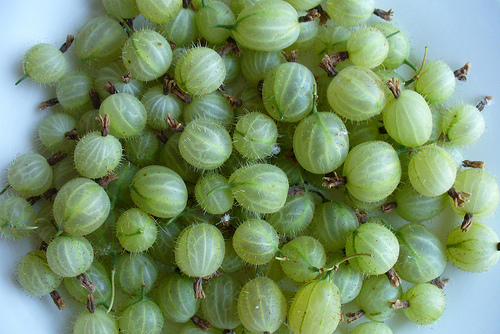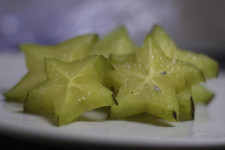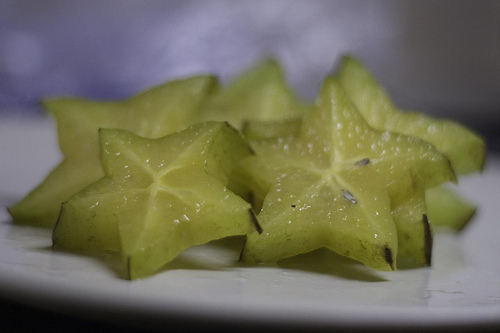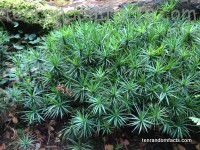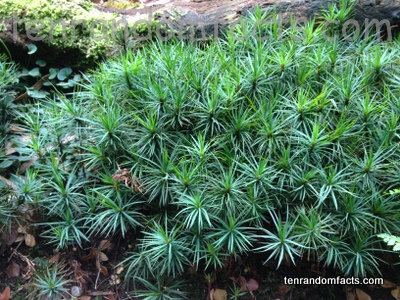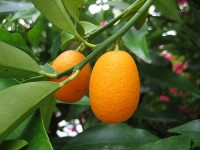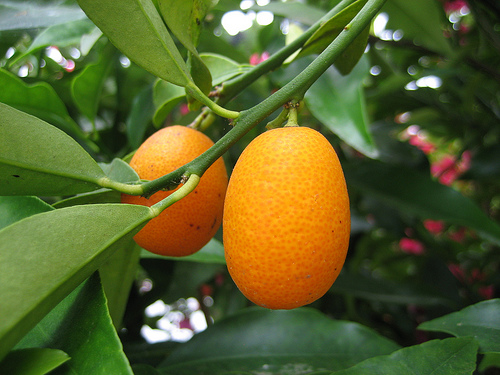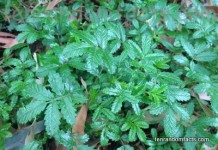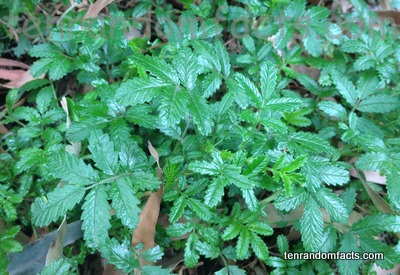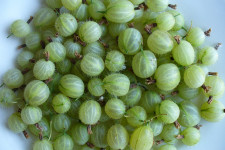
These gooseberry facts certainly won’t lead you on a wild goose chase!
- Gooseberries are a type of edible fruit related to currants, and they are native to Africa, Europe, and North America.
- There are two main species of gooseberry that are grown – the European with the scientific name Ribes uva-crispa (sometimes called Ribes grossularia), and the American, that has the scientific name Ribes hirtellum, both of which are from the family Grossulariaceae, a family of flowering and edible currants.
- American gooseberries are generally smaller but less susceptible to fruit-damaging mildew than the European varieties, that are generally bigger and have more flavour, though the two species have been bred together to improve outcomes, and numerous varieties have been produced.
- Gooseberries typically grow on a thorny bush, that reaches approximately 1.5 metres (5 feet) in height.
- A gooseberry is often a green colour with light coloured stripes, but it can be red, yellow, purple, black and white, depending on the species and variety, and it usually contains many small edible seeds in the flesh of the fruit.
Gooseberries
Image courtesy of fsse8info/Flickr
- Gooseberries are commonly eaten fresh; but they can also be cooked in pies, crumbles and other desserts; into a sauce; in jam; and used to flavour beverages.
- When picked fully ripe, gooseberries can be quite sweet, and when they are picked prematurely they are usually somewhat tart, however, they are often picked early for commercial purposes, as the unripe fruit has greater storage times, and sour fruit are commonly used in cooking.
- Gooseberries were of great popularity around the 1800s and early 1900s, especially in Britain, though in the United States of America, a fungal bacteria carried by the plant had begun infesting native pines, so many states initiated bans on the cultivation of the berry.
- A gooseberry is usually ovoid or spherical in shape, generally ranging from 1 to 2.5 centimetres (0.5 to 1 inch) or more in length or diameter.
- Gooseberries are very high in vitamin C, high in fibre and a good source of manganese, potassium and vitamin A.



